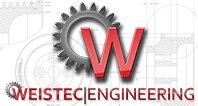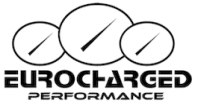Results 26 to 28 of 28
-
05-30-2013, 04:57 PM #26
 Member
Member




- Join Date
- Mar 2013
- Posts
- 116
- Rep Points
- 192.9
- Mentioned
- 1 Post(s)
- Rep Power
- 2
the lack of material forming a direct load path between bearings significant this rod is obviously not for a high BMEP big bore engine which needs good compressive strength. i still think there is not enough shear strength to carry bending loads properly its the big rectangular hole under the pin that would concern me. i would have used a series of elliptical holes (or circular) aligned if i had to do something like this.
-
05-31-2013, 04:02 PM #27
 Member
Member







- Join Date
- Aug 2010
- Posts
- 1,384
- Rep Points
- 375.4
- Mentioned
- 15 Post(s)
- Rep Power
- 4
-
09-29-2013, 03:21 PM #28
 Member
Member

- Join Date
- Apr 2010
- Posts
- 331
- Rep Points
- 0.1
- Mentioned
- 7 Post(s)
- Rep Power
- 0
Your high rpm speculation is more or less accurate. The kinematics of the reciprocating rod deal with forces, masses, and accelerations(both positive and negative). So, the less weight you have throughout the rod, the less compressive force at the bottom of the stroke and the less tensile stress at the top of the stroke. Given the beam was drilled with a truss design, I would imagine it is still extremely strong for compressive and tensile stresses. Also, I would bet it is still very capable of dealing with what is likely the main mode of failuer in a rod, buckling, given the truss design.
The thing I am really surprised about is that there is no moly type coating on the piston skirts! Upon second look, I'm also a little curious of the cross sectional area of the rod in the center vs the min cross sectional areas of the other cut out areas.




 Quote
Quote










6466e92, we...
NOOOOB: 6466e92